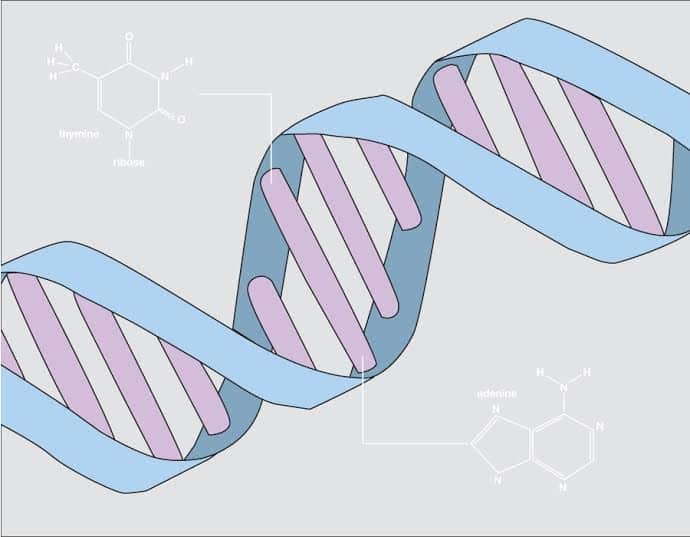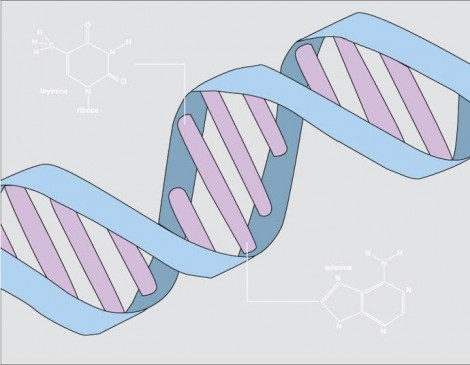There have been many studies of Y chromosome degeneration in humans, but the genetic changes that occur during the early stages of the degeneration process have remained a mystery, largely because sex chromosomes in well-studied mammals evolved so long ago. A recent study from researchers at the University of Toronto and published in Proceedings of the National Academy of Sciences sheds light on the early stages and time scale of Y chromosome degeneration.
In humans, the sex of an individual is determined by the X and Y chromosomes. Females possess two X chromosomes while males have one copy each of X and Y. This sex determination system maintains essential differences between the two sexes and is not unique to humans. However, the evolution of these separate sex chromosomes has led to the degeneration of the Y chromosome, characterized by massive gene loss and low expression of genes on the chromosome.
The team of researchers from the Department of Ecology and Evolutionary Biology included professors Spencer Barrett and Stephen Wright, PhD candidate Josh Hough, postdoctoral fellow Jesse Hollister, and computational biologist Wei Wang. To investigate Y chromosome degeneration, the team focused on Rumex hastatulus, a plant in which male and female reproductive organs occur in separate individuals.
Compared to humans, whose sex chromosomes evolved hundreds of millions of years ago, this plant has much younger sex chromosomes that evolved in the past 15–16 million years. Furthermore, the plant also has a second sex chromosome system with XY1Y2 males that recently evolved from an XY system. This unique variation allowed the team to compare the two systems and study the time scale of Y chromosome degeneration.
The team first identified sex-linked genes by tracing their inheritance from parents to offspring in both XY and XY1Y2 systems. Their analyses of the Y-linked genes in both systems revealed that the older Y-linked genes have undergone more degeneration, gene loss, and reduction in gene expression, as well as accumulated more harmful mutations, when compared to the younger genes of the XY1Y2 system. These results provide evidence for ongoing Y degeneration in the plant.
Scientists believe that genetic degeneration of the Y chromosome is caused by lack of recombination — the process of gene swapping — with the X chromosome. Recombination is an important genetic process that occurs between all other chromosomes in the genome. Suppression of recombination between X and Y allows for the separation of female- and male-specific traits. Without recombination, however, natural selection is less efficient at weeding out harmful mutations on the Y chromosome.
“Our results suggest that when recombination becomes suppressed between X and Y chromosomes, genes on the Y start to degenerate, and they can do so quite rapidly,” Hough notes.
In addition to shedding light on the early stages of Y chromosome degeneration, the study also demonstrates the power of high throughput RNA sequencing. Unlike well-studied organisms such as yeast, fruit flies, or humans, there is no reference genome available for R. hastatulus, and almost no genetic data was available before this study.
“This work was really done from scratch,” says Hough.
As for future directions, the team now has a clear objective: “An important next step for us is to construct a genetic map of the sex chromosomes,” says Hough. “This will give us a better understanding of what kinds of genes were involved in the evolution of suppressed recombination between the X and Y, and will help to answer the question of why suppressed recombination evolves in the first place,” he adds.
With files from U of T News and Proceedings of the National Academy of Sciences.



